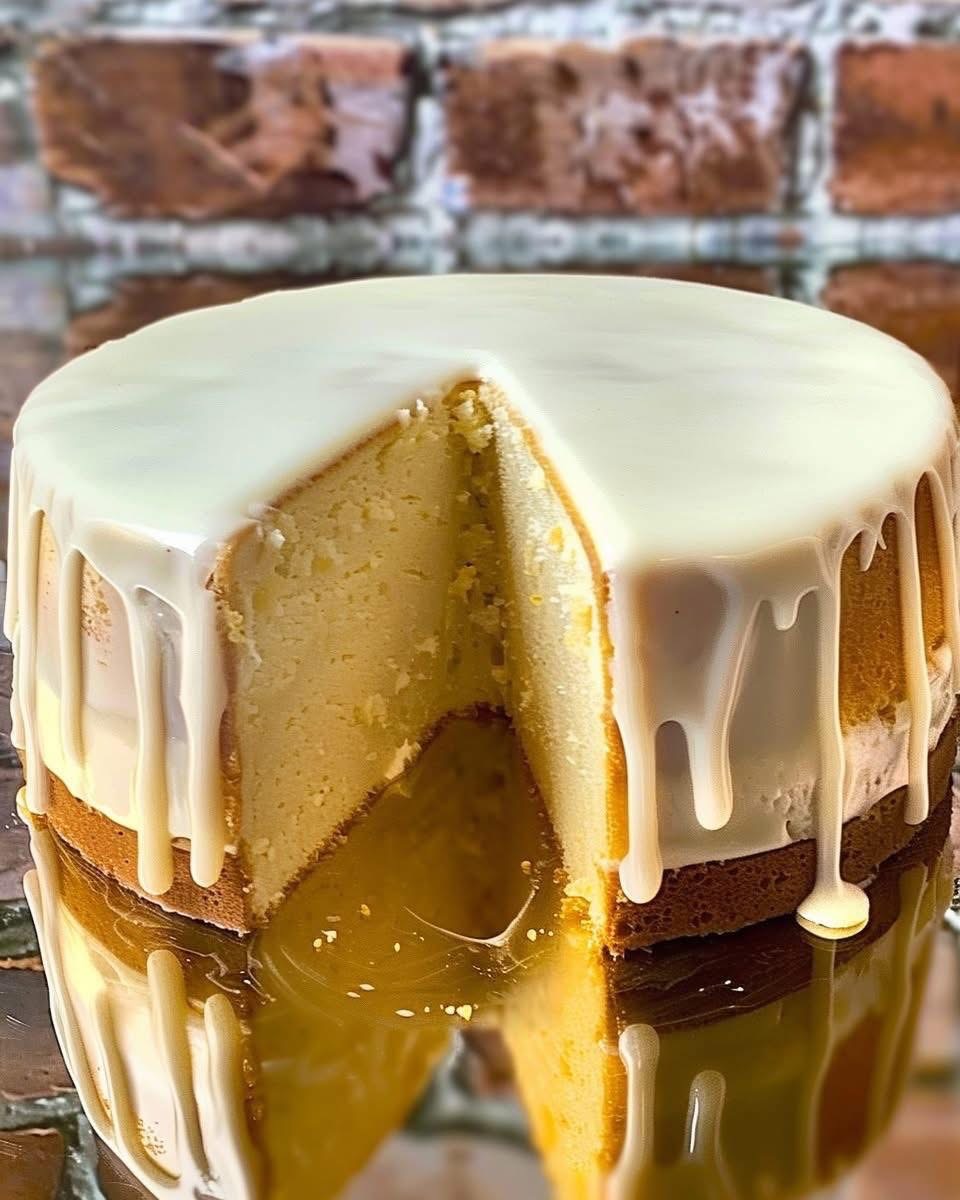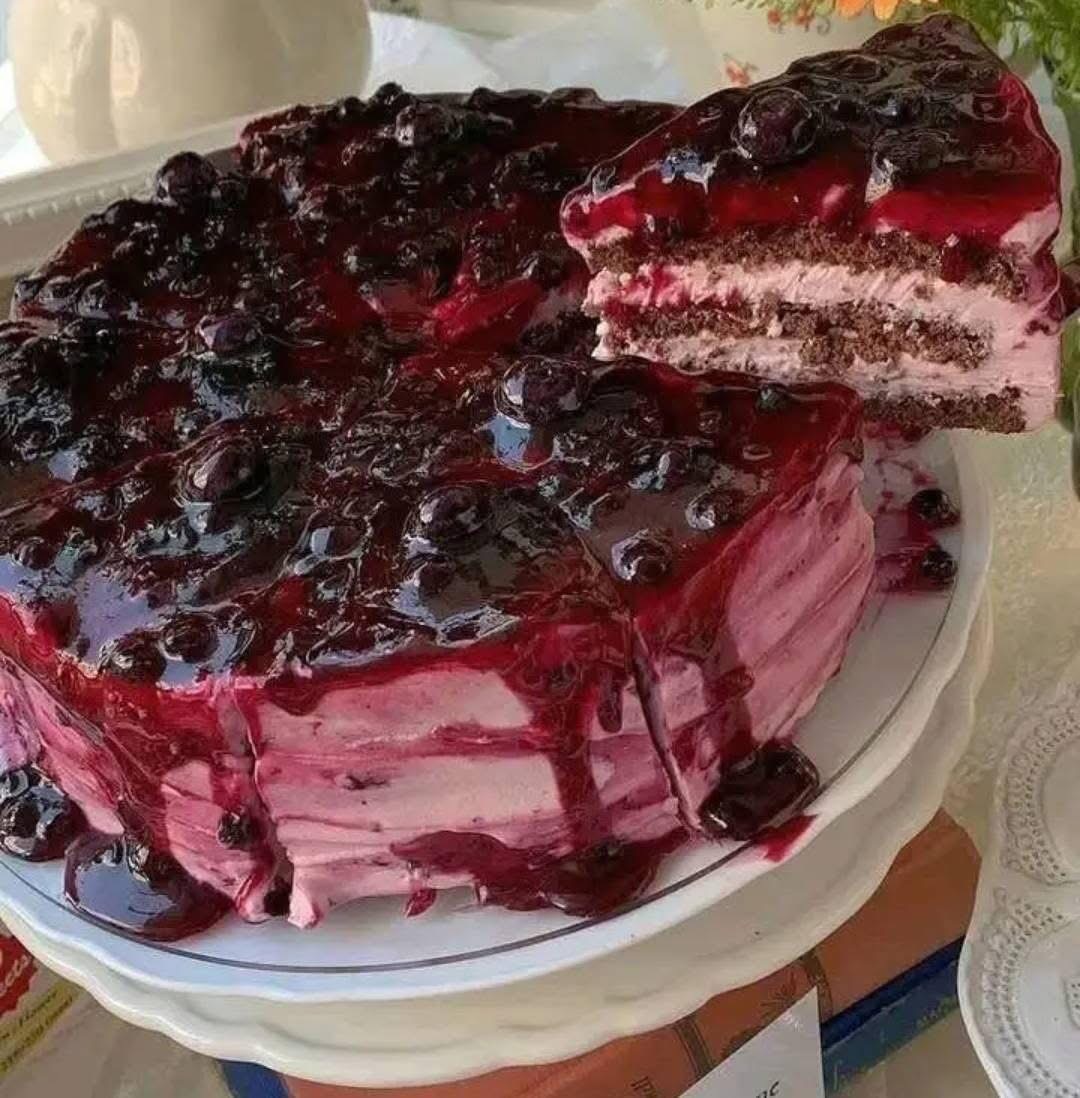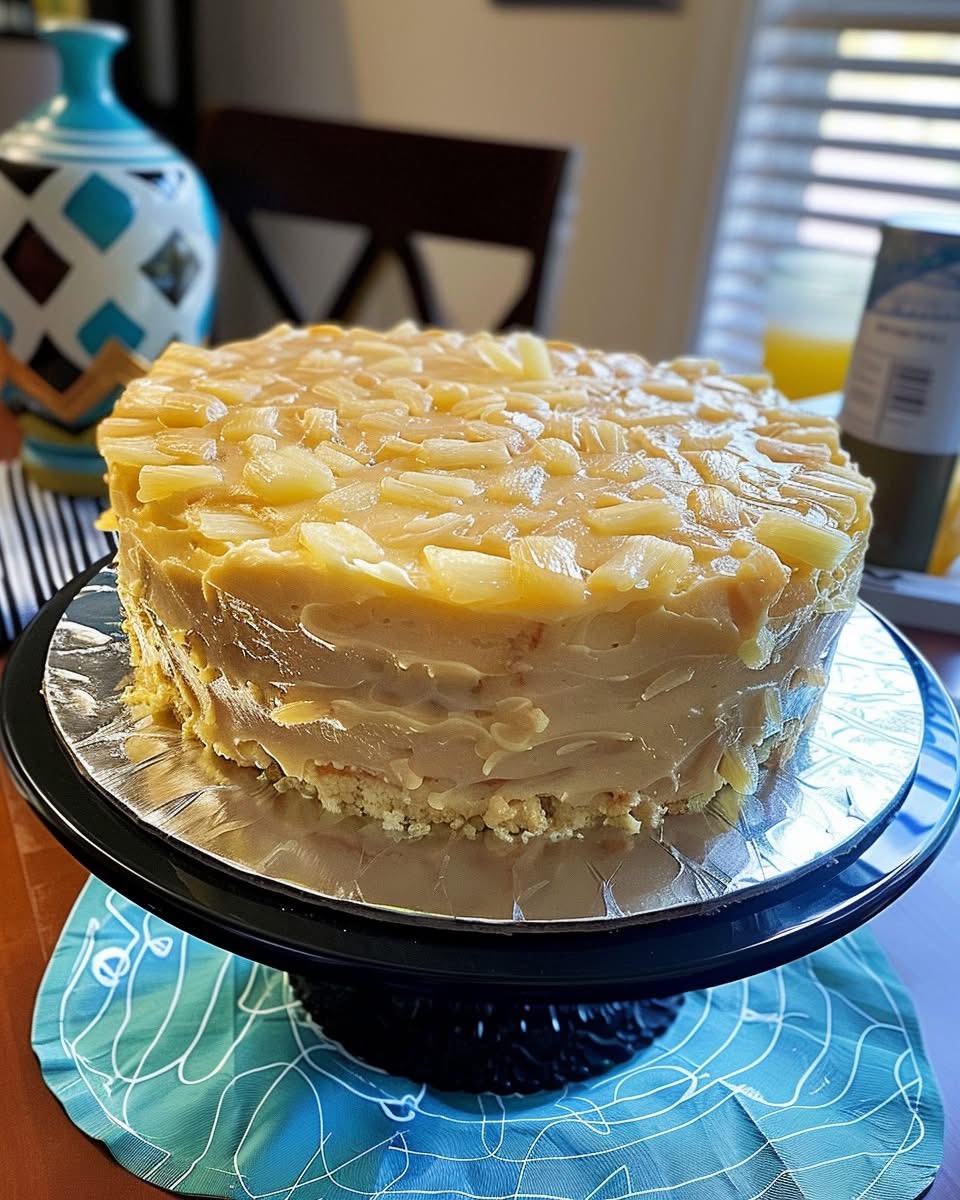Sour Cream Pound Cake with Vanilla Glaze
Ingredients
For the Pound Cake:
1 cup (2 sticks) unsalted butter, softened
3 cups granulated sugar
6 large eggs, room temperature
1 cup sour cream, room temperature
3 cups all-purpose flour
½ tsp baking soda
½ tsp salt
1 tsp vanilla extract
For the Vanilla Glaze:
1 cup powdered sugar
2–3 Tbsp milk (or heavy cream for richer flavor)
1 tsp vanilla extract
Instructions
Preheat Oven:
Preheat your oven to 325°F (163°C). Grease and flour a bundt pan (or tube pan).
Cream Butter & Sugar:
In a large bowl, beat butter and sugar together until light and fluffy (about 4–5 minutes).
Add Eggs:
Add eggs one at a time, mixing well after each addition.
Mix Dry Ingredients:
In another bowl, whisk together flour, baking soda, and salt.
Combine Wet & Dry:
Add the dry ingredients to the butter mixture alternately with sour cream, beginning and ending with flour. Mix until just combined. Stir in vanilla.
Bake:
Pour batter into the prepared pan and bake for 1 hour 10 minutes – 1 hour 20 minutes, or until a toothpick inserted comes out clean.
Let the cake cool in the pan for 10–15 minutes, then invert onto a wire rack to cool completely.
Vanilla Glaze
In a small bowl, whisk together powdered sugar, milk, and vanilla until smooth.
Adjust consistency by adding more milk (for thinner glaze) or sugar (for thicker glaze).
Drizzle over cooled cake.









